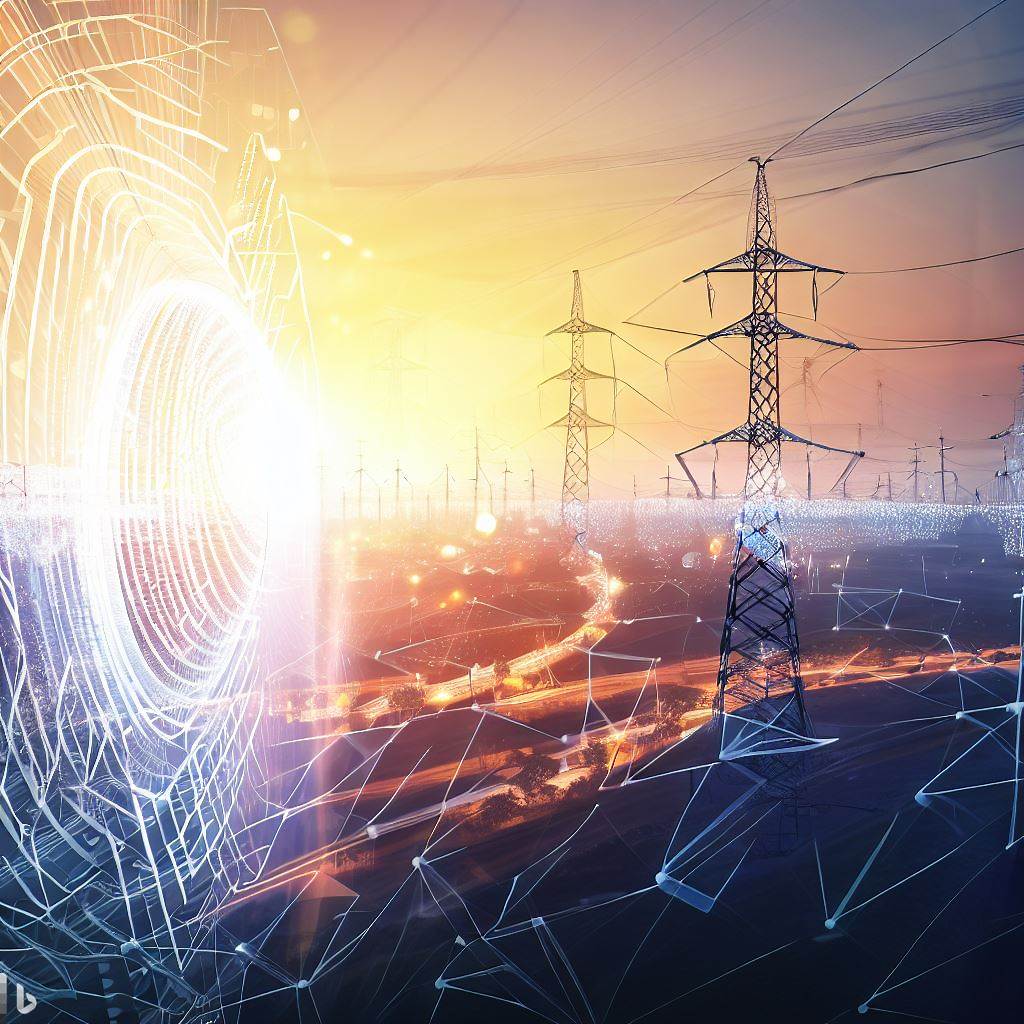Comparative Analysis of ROI for Grid Edge Technology and High Voltage Capacitors in Electric Distribution Systems
Executive Summary
This white paper presents a comparative analysis of the Return on Investment (ROI) for Grid Edge Technology and High Voltage Capacitors in electric distribution systems. It highlights key financial and operational benefits, risk assessments, and strategic considerations for corporate finance decision-making. The findings indicate that Grid Edge Technology provides a faster payback period and significant operational improvements, whereas High Voltage Capacitors contribute to long-term system efficiency and stability.
Introduction
With growing electricity demand and the need for optimized grid operations, utilities are investing in technologies that enhance efficiency, reliability, and cost-effectiveness. Two prominent solutions, Grid Edge Technology and High Voltage Capacitors, offer distinct advantages in electric distribution systems. This paper evaluates their financial impact and strategic alignment with corporate finance principles.
Additionally, modern advancements in IoT (Internet of Things), Smart Grid, and Digital Twin Technology have further enhanced the efficiency and predictive capabilities of these solutions. These technologies play a crucial role in grid modernization and infrastructure resilience.
ROI Analysis
Grid Edge Technology
Key Financial Metrics:
- Payback Period: Achieves ROI within 12 months[1].
- Energy Savings: Implementations have resulted in approximately 60% energy savings[1].
- Grid Capacity Enhancement: Can enhance grid capacity by up to 20% through optimization of existing grid assets[1].
- Operational Improvements: Utilities report up to 65% reduction in patrol time and 11% reduction in operations and maintenance (O&M) costs[4].
- Customer Minutes Interrupted (CMI) Reduction: Typically improves CMI by 20% or more on feeders with line sensing deployments[4].
High Voltage Capacitors
Key Financial Metrics:
- Power Factor Correction: Improves overall system efficiency by reducing reactive power losses[2].
- Demand Charge Savings: A 130 kVAR capacitor installation resulted in monthly demand charge savings of $91.68, with a payback period of less than 14 months[2].
- System Capacity Release: Raising power factor from 70% to 90% can release 0.32 kVA per kW of system capacity[2].
- Voltage Improvement: Enhances voltage conditions, leading to more efficient motor performance and longer motor life[2].
Role of IoT, Smart Grid, and Digital Twin Technology
- IoT in Grid Management:
- IoT-enabled sensors provide real-time monitoring and predictive maintenance capabilities.
- Remote diagnostics and automation improve fault detection and response times, further reducing CMI and O&M costs.
- Smart Grid Enhancements:
- Smart Grids enable dynamic power distribution, enhancing energy efficiency and grid stability.
- They allow for better integration of renewable energy sources, optimizing overall electricity usage.
- Digital Twin for Grid Optimization:
- Digital Twin Technology creates virtual models of the grid infrastructure, allowing utilities to simulate scenarios and predict failures before they occur.
- This leads to proactive asset management, reducing downtime and maximizing ROI on grid investments.
Strategic Considerations
Using Titman's corporate finance approach, the technologies align with different investment strategies:
- Short-Term vs. Long-Term ROI:
- Grid Edge Technology is a more aggressive investment, offering rapid payback and immediate operational impact.
- High Voltage Capacitors provide steady, long-term efficiency improvements with lower risk.
- Risk and Cost Assessment:
- Grid Edge Technology may require higher initial investment but offers faster returns.
- High Voltage Capacitors involve lower upfront costs and present a stable, low-risk investment.
- Scalability and Future Adaptability:
- Grid Edge solutions provide better scalability and adaptability to future grid modernization needs[1].
- High Voltage Capacitors are ideal for incremental system upgrades without major structural changes.
- Regulatory and Policy Alignment:
- Grid Edge Technology aligns well with modern regulatory frameworks emphasizing smart grid and renewable integration[7].
- High Voltage Capacitors help utilities meet efficiency mandates and power quality standards.
Comparative ROI Table
| Metric | Grid Edge Technology | High Voltage Capacitors |
|---|---|---|
| Payback Period | ~12 months[1] | ~14 months[2] |
| Energy Savings | 60%[1] | Indirect via efficiency[2] |
| Operational Cost Reduction | 11%[4] | Minimal |
| Grid Capacity Improvement | 20%[1] | 0.32 kVA/kW release[2] |
| Voltage Improvement | Moderate | Significant[2] |
| Scalability | High | Medium |
| Regulatory Alignment | Strong | Moderate |
Conclusion and Recommendations
The choice between Grid Edge Technology and High Voltage Capacitors depends on a utility's financial objectives, risk tolerance, and strategic goals. A balanced approach that integrates both technologies can optimize short-term gains and long-term stability, aligning with principles of strategic financial management.
Furthermore, integrating IoT, Smart Grid, and Digital Twin Technology enhances the efficiency, reliability, and predictive capabilities of grid systems, making them more resilient and cost-effective. Utilities should consider these advancements as part of a comprehensive modernization strategy.
References
[1] https://na.itron.com/w/itron-unveils-grid-edge-essentials-solution-to-enable-unprecedented-distribution-grid-visibility
[2] https://www.eaton.com/content/dam/eaton/products/low-voltage-power-distribution-controls-systems/power-factor-corrections/portfolio/eaton-pfc-guide-plant-engineer-SA02607001E.pdf
[4] https://electricenergyonline.com/energy/magazine/1412/article/determining-the-roi-of-your-intelligent-line-sensor-projects.htm
[7] https://www.tdworld.com/grid-innovations/smart-grid/article/20966661/at-the-grids-edge



